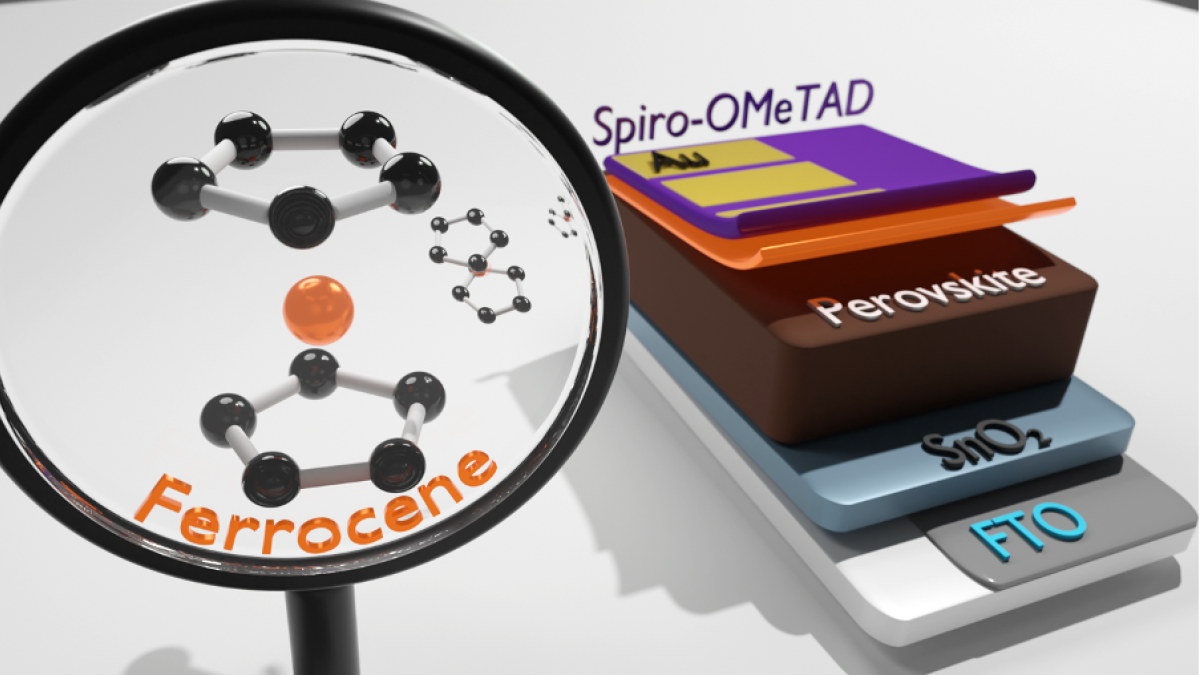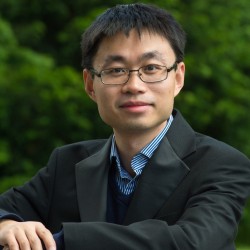A focus on chemistry, not electronics, could see future solar panels reach their potential
A material that has been heralded as the key to producing more efficient next-generation solar panels could soon be ready for mass production, thanks to a new method developed by researchers at the University of Surrey.

The Surrey team found that fusing perovskite materials with an element called Ferrocene dramatically increases the efficiency of perovskite-based solar panels. The team found that this focus on the chemistry of solar panels, rather than other approaches that looked at mechanical and electrical components, produced the intended breakthrough.
Thomas Webb, postgraduate research student and project lead from the University of Surrey, said:
"Our research scales these perovskite cells to a minute level, focusing on the chemical compounds and their specific problems. For example, normal practice is to coat, or 'dope', cells in lithium, but lithium absorbs water, increasing energy deficiency over time.
"We discovered an element within organometallic chemistry called Ferrocene that significantly improves efficiency and stabilises the drop in energy that all solar panels have over time. Not to mention it is cheap to produce and solves the water absorption problem."
Perovskite materials are widely considered to be the successor to silicon because they are lightweight and far cheaper to produce. However, the promise of perovskite has yet to be realised because of the difficulty of replicating lab results in mass production.
Dr. Wei Zhang, the primary supervisor of the research and project lead from the University of Surrey, said:
"Silicon cells are efficient but costly to produce; perovskite materials are without a doubt the next generation of photovoltaic technologies. There is still a long way to go to ensure these can be implemented on a mass scale, but with these results, we are a generous step closer to making this a reality."
Professor Stephen Sweeney, the co-supervisor of the research from the University of Surrey, said:
“This is a key development to advance this important new material system at a time when dependable renewable energy sources are of critical global importance. This is also a very satisfying example of how interdisciplinary research and complementary expertise across the partner universities has led to a high impact outcome.”
The project has been produced in collaboration with Imperial College London, the University of Nottingham, London Southbank University, University College London, and Fluxim AG. The research was published in Advanced Energy Materials.
The University of Surrey is a leading research institution that focuses on sustainability to deliver impacts that benefit society and help deal with the many challenges of climate change. Surrey is also committed to improving its own resource efficiency on its campuses in Guildford and aspires to be a sector leader. It has set a commitment to be carbon neutral by 2030. In April, it was ranked 55th in the world by the Times Higher Education (THE) University Impact Rankings which assesses more than 1,400 universities' performance against the United Nations' Sustainable Development Goals (SDGs).
Notes to editors
Dr Wei Zhang and Thomas Webb are available for interviews upon request. Contact the University of Surrey media team via mediarelations@surrey.ac.uk.
Featured Academics
Media Contacts
External Communications and PR team
Phone: +44 (0)1483 684380 / 688914 / 684378
Email: mediarelations@surrey.ac.uk
Out of hours: +44 (0)7773 479911

